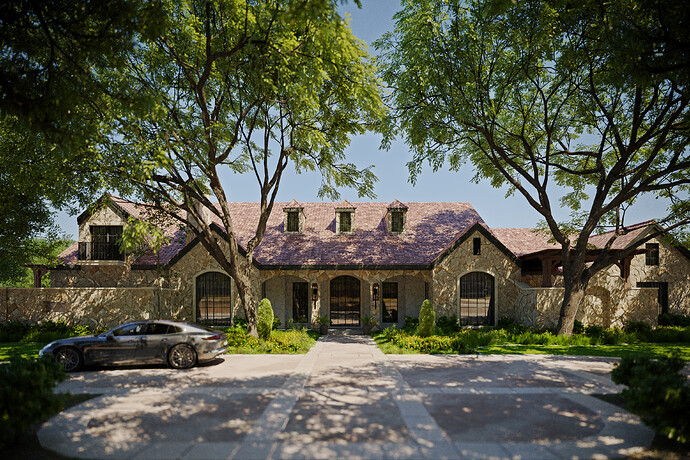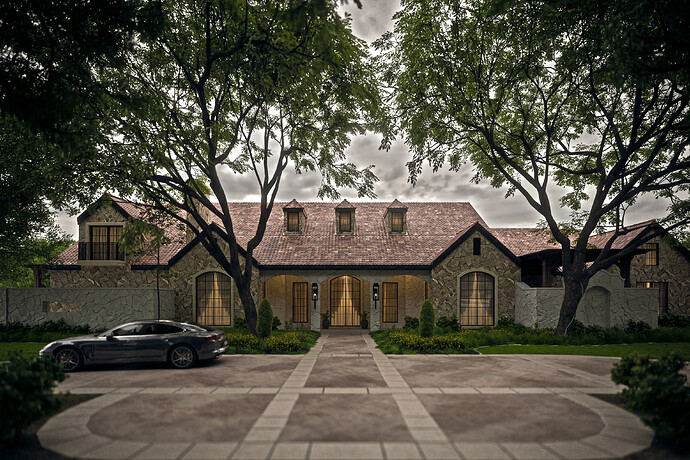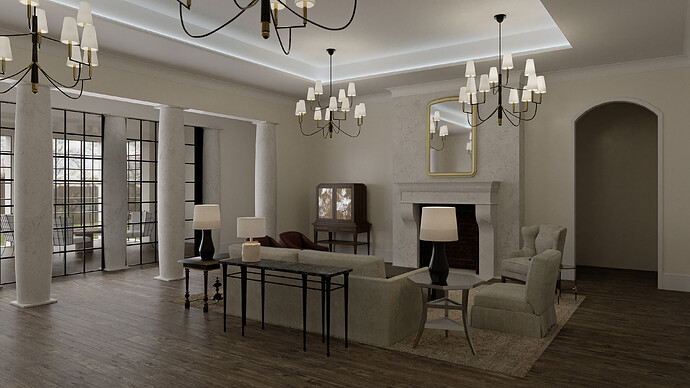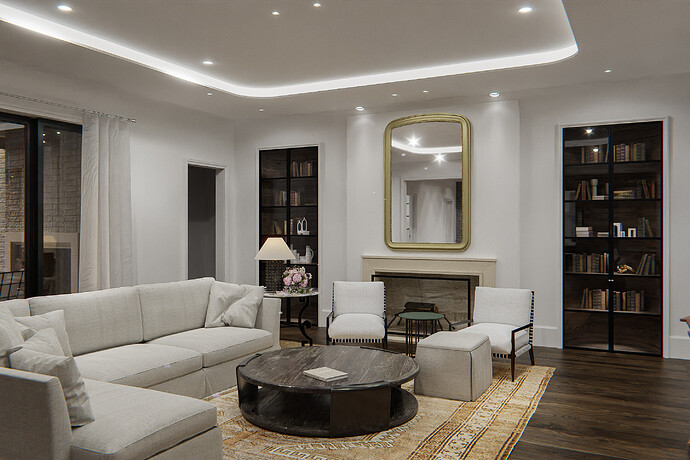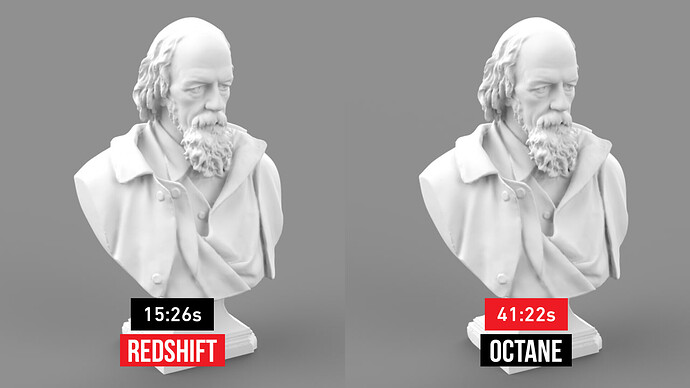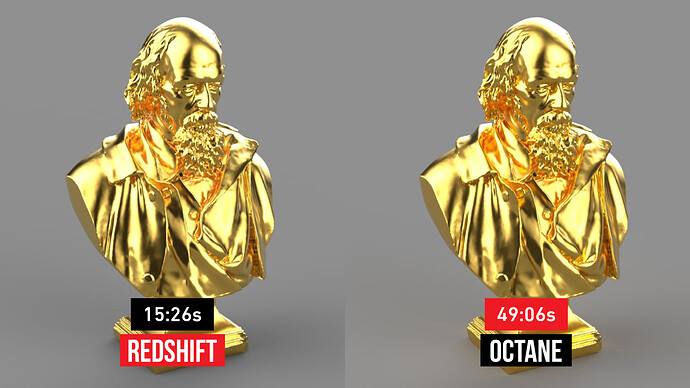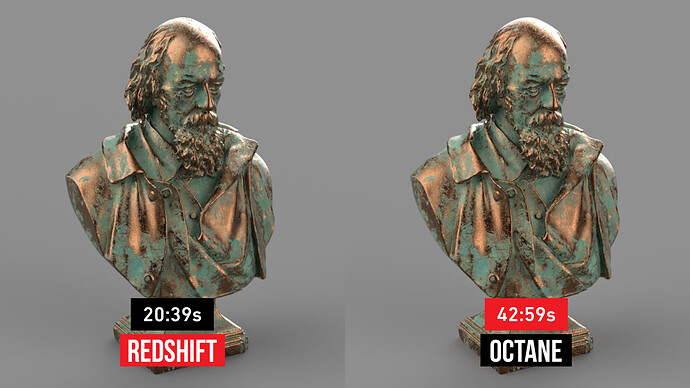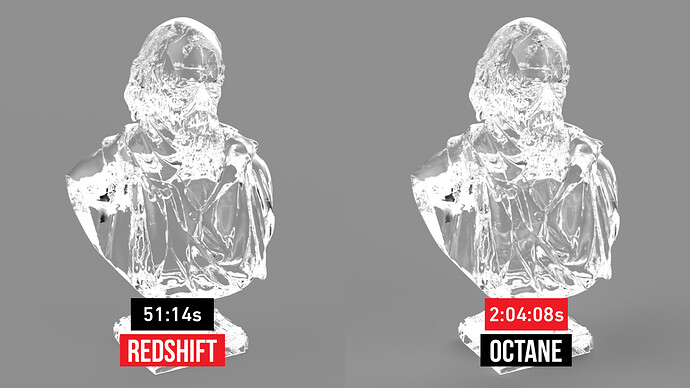![]()
Actually, at first I wanted to share just two renderings of the exterior, but in the end I decided to share my thoughts on the octane and cycles.
After a year of working with cycles, I’m glad to be back to octane.
After a number of sleepless nights trying to understand something, I came to OCIO Agx Punchy and using EXR to get some details in post processing.
Octane is still several heads higher in terms of usability than cycles, it is incomparably easier to achieve realism in the picture, or at least the WANTED result.
In some cases, Cycles just doesn’t give you the color you want, so you have to artificially turn it up or down, add or subtract saturation.
A big plus of Cycles is the ready assemblies from the addons. And also responsiveness and quickness - they’re better than in octane. And denoise - on large areas - walls and ceilings, floors - it works very well, much better than in octane. Generally speaking, out of the cyls I usually used full denoise and sharpness from k-cycles, and then more photoshop, in octane I take about .8 denoise, depending on the situation. But I mix in photoshop, it’s more convenient. The only downside, perhaps someone knows - I have problems in octane with denoise when viewed from the camera. It works fine in viewport, but for some reason it turns on when it wants to, and very rarely in camera view.
I find it difficult to summarize their actual “speed” of rendering, and work - in octane I achieve other results with a different amount of force. In a number of renders I’m happy with Cycles as well, but the result is slightly different. And it is different visually, how much force it takes to achieve in it what I achieve in octane, it is difficult to say. The issue is that it all adds up and not otherwise, each rendering pushes a certain result, and to achieve what you get by itself in the other - you already need additional adjustments.
As for speed - because of a different denoise, and I would say a different “noise”, I can not say what is faster and what is slower. Yes, I can get the final picture in cycles faster, the final picture in the limits of what will be accepted, or “eaten” by the customer, because they are often omnivorous. But it will not be the same quality as in octane, in the matter of details and accuracy, at the same time octane will take more time to clean the picture. The ones I enclose are not yet final renders.
In general it seems to me that Cycles can produce a picture on lower samples, but even with increasing samples it is difficult for it to improve the quality, in turn Octane requires more samples, time, but the result will be better.
Yes, it’s different styles, different lighting solutions, but in the end it’s a different way and a different system.
Have a good day.
![]() Octane
Octane
![]() Cycles
Cycles
